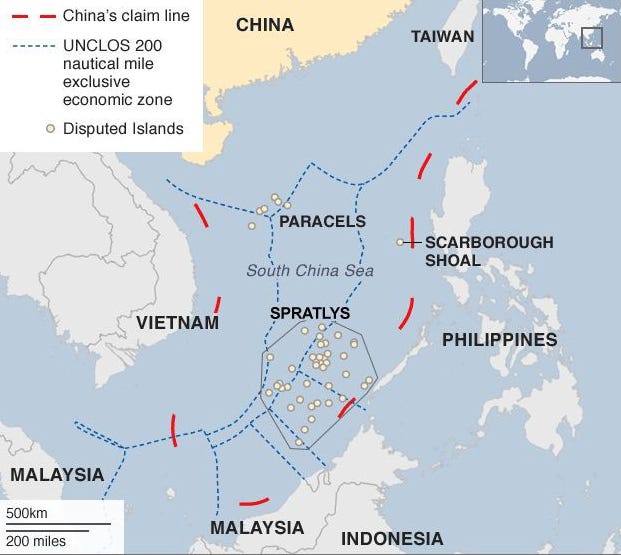
Unveiling Geopolitical Struggles: The Red Sea Conflict Zone
The Red Sea, once a symbol of trade and connectivity, has transformed into a complex conflict zone marked by geopolitical struggles and regional tensions. Understanding the intricacies of the Red Sea Conflict Zone is essential for grasping the challenges and potential pathways toward stability.
Geopolitical Landscape
The Red Sea Conflict Zone is situated at the crossroads of Africa, Asia, and the Middle East, making it a hotspot for geopolitical rivalries. Nations surrounding the Red Sea, such as Saudi Arabia, Egypt, and Yemen, vie for influence, leading to a landscape defined by shifting alliances and strategic interests.
Proxy Conflicts and Regional Rivalries
Proxy conflicts within the Red Sea region contribute to the heightened tensions in the area. External powers support local factions, turning the region into a battleground for influence. Understanding the dynamics of these proxy conflicts is crucial for unraveling the layers of complexity within the Red Sea Conflict Zone.
Military Posturing and Naval Maneuvers
The military posturing and naval maneuvers in the Red Sea are emblematic of the strategic importance placed on controlling this vital waterway. Nations deploy naval assets to assert dominance, leading to a delicate balance of power that adds to the potential for confrontations. The maritime environment becomes a theater for geopolitical maneuvering.
Security Challenges and Threats
Security challenges within the Red Sea Conflict Zone range from traditional military threats to asymmetric risks. Piracy, terrorism, and civil unrest pose continuous challenges to the stability of the region. The fluid security landscape demands adaptive strategies to address both conventional and unconventional threats effectively.
Strategic Chokepoints and Global Impact
Strategic chokepoints like the Bab el Mandeb and the Suez Canal amplify the global impact of the Red Sea Conflict Zone. Control over these crucial passages allows nations to influence international trade routes, adding an economic dimension to the geopolitical struggles. Disruptions in this region resonate globally, affecting economies and trade networks.
Humanitarian Fallout and Displacement
Amidst the geopolitical struggles, the Red Sea Conflict Zone experiences significant humanitarian fallout. Civilian populations endure displacement, disrupted access to essential services, and the strain of protracted conflicts. Humanitarian efforts become imperative to address the needs of those affected by the turbulent conditions.
Environmental Consequences
The environmental consequences of conflicts within the Red Sea further compound the challenges. Oil spills, pollution, and damage to ecosystems pose threats to the delicate marine environment. Balancing environmental preservation with the demands of geopolitical conflicts becomes a critical consideration.
Role of Diplomacy and Conflict Resolution
Diplomacy plays a pivotal role in navigating the complexities of the Red Sea Conflict Zone. International organizations and diplomatic channels provide avenues for dialogue and conflict resolution. Efforts to bring conflicting parties to the negotiation table are crucial for achieving sustainable solutions and fostering regional stability.
Technological Dimensions of Conflict
Technological advancements contribute to the complexity of conflicts in the Red Sea. Cyber warfare, surveillance technologies, and advanced weaponry redefine the landscape of conflict. Nations invest in technological capabilities to gain a competitive edge in the Red Sea Conflict Zone, adding a layer of sophistication to the geopolitical struggles.
International Collaboration for Peace
Addressing the challenges within the Red Sea Conflict Zone necessitates international collaboration. Cooperative efforts in intelligence sharing, joint military exercises, and diplomatic initiatives are vital for fostering a conducive environment for peace. The collective will of the international community plays a decisive role in shaping the future of the Red Sea region.
